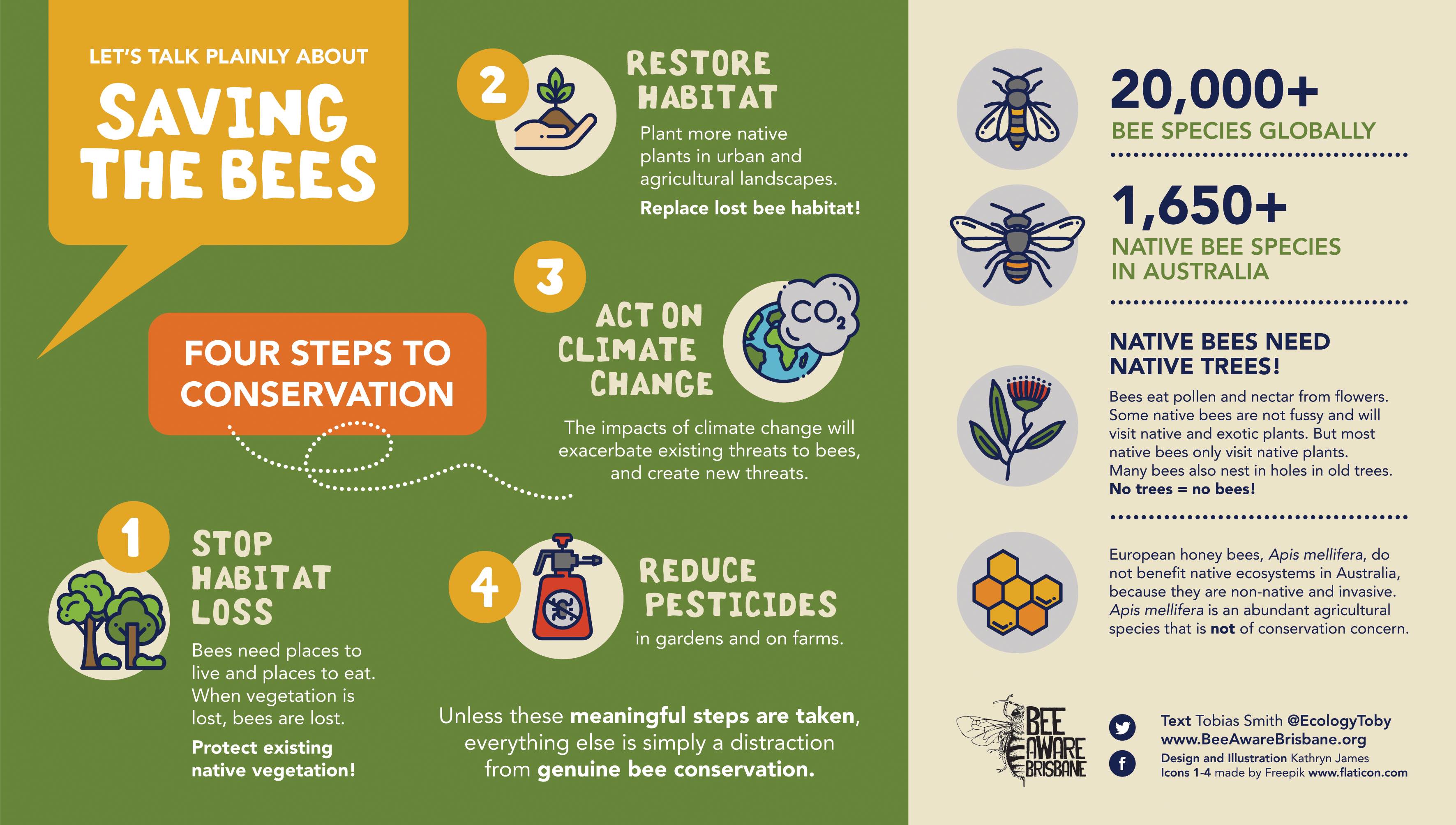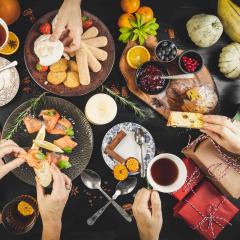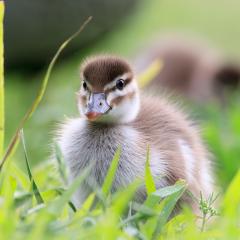On Earth Day 2020, Google teamed with The Honeybee Conservatory in New York to create the most delightful Google Doodle. By guiding a bee to pollinate flowers, the Doodle captured the impact a single bee has on the plants and habitats it visits.
The Doodle also emphasised how small actions performed by individuals add up to big results. Obviously, beekeeping is not be for everyone, but there easy ways you can help save bees:
1. Plant a pollinator garden. As simple as it sounds, this is the most genuine bee conservation step anyone can take. If everyone did this (including farmers), then a good chunk of the bee problems in Australia would be solved. You can diversify sources of bee nutrition while beautifying spaces with pollinator-friendly plants. While nearly all flowers will attract bees, some plants are more attractive to bees than others:
- Pick plants that are suitable to the growing conditions of your area.
- Choose varieties that flower across the seasons—the longer the flowering period, the longer bees will be attracted to your garden.
- When harvesting food plants like carrots, leave a few to create an umbel or flower head full of nectar and pollen.
Flowering plants will not just attract bees, but they will also attract other beneficial insects that are the natural predators of pests like aphids.
Download this guide to backyard diversity for native bees.
2. Learn more about the bees we have on campus. Bees are part of a complex ecosystem, and contributions to organisations that support any conservation effort will help strengthen the environment. Stingless native bees pollinate many native plants across UQ’s St Lucia campus, and large hives can be found in urban cavities, such as in sides of buildings, valve pits and water meters. UQ’s Property and Facilities division have teamed up with UQ's School of Biological Sciences to rehome native bees in educational display hives to be used for teaching and research purposes. The School of Biological Sciences also has a roof-top stingless bee research facility, with purpose built observation hives designed for investigating colony behaviour.
Did you also know that UQ has the world’s largest indoor, climate-controlled insect flight-testing facility? While the bee brain is only about the size of a sesame seed, it has many of the characteristics of the human brain, including complex behaviours such as memory and learning. The flight-testing facility is playing a key role in helping Queensland Brain Institute scientists understand how relatively simple brains are capable of complex functions.
3. Make safe havens for native bees. According to CSIRO, unlike European honeybees, the majority of native Australian bees are solitary, meaning the female will make a nest all by herself by burrowing into rotten wood, dirt or even sparse lawns. A fun things to do at home is to create a ‘bee hotel’. For example, cut lengths of bamboo or cardboard tubes and stick them onto a tree trunk or wall that is sheltered from the elements. There are some beautiful and practical bee-hotel making guides online that range from easy to extravagant, so get making. However, what is even more helpful to bee populations is to protect dead wood in the natural environment. Dead branches and trunks, where safe, as these are the original and natural ‘bee hotels’, and much better than any hotel a human could make. Also, only a small number of common native species go to bee hotels.




